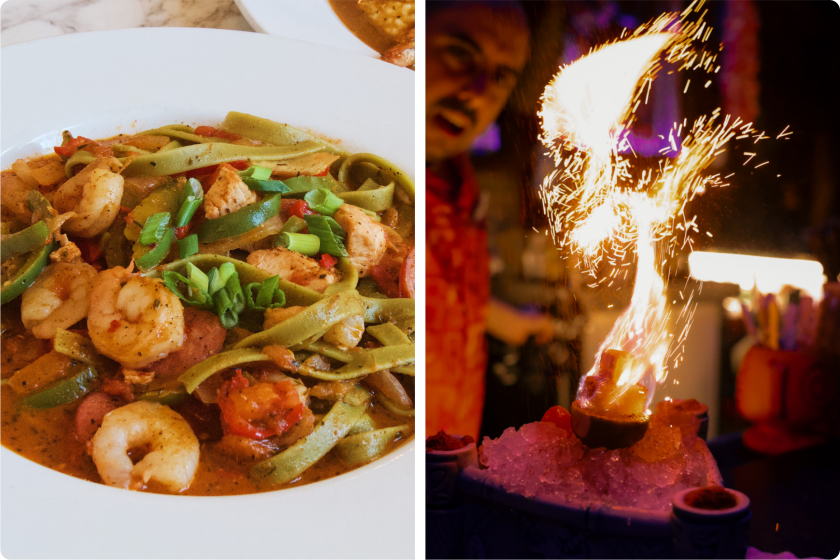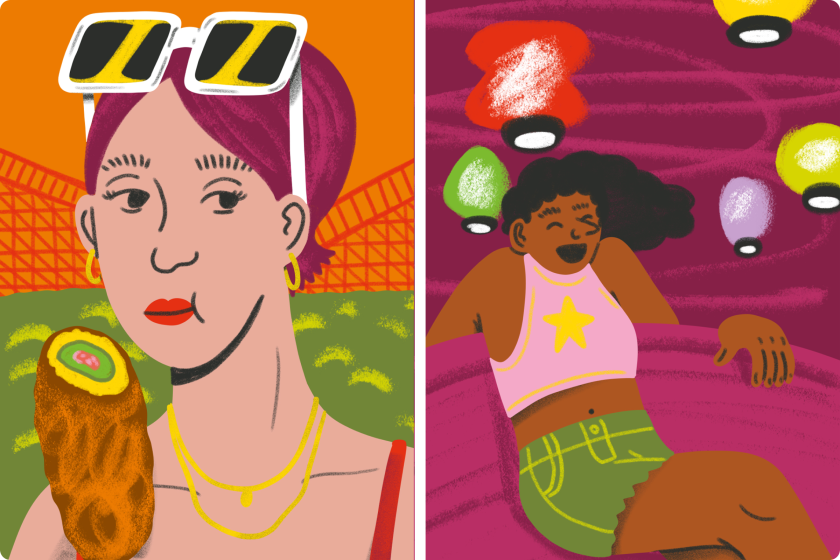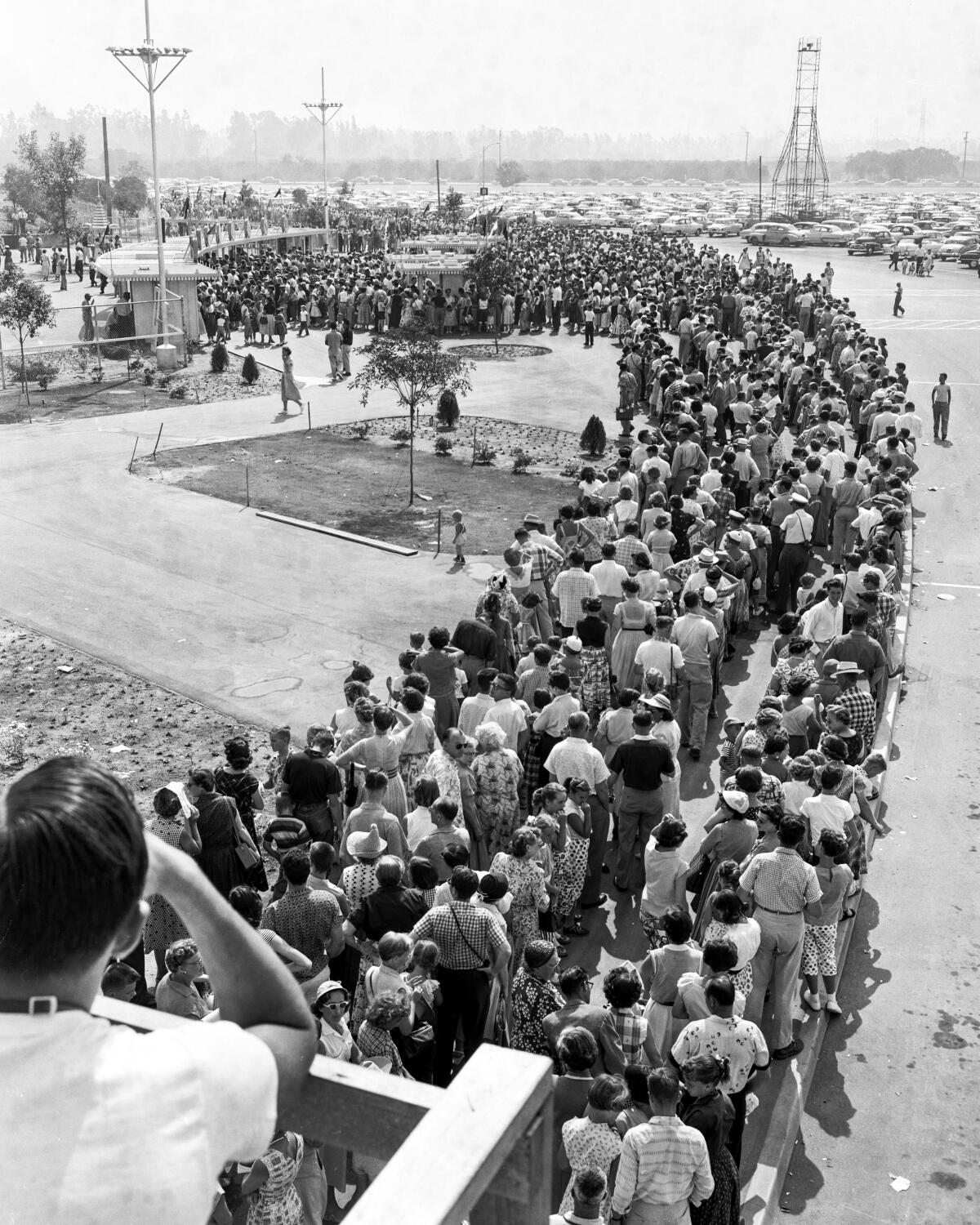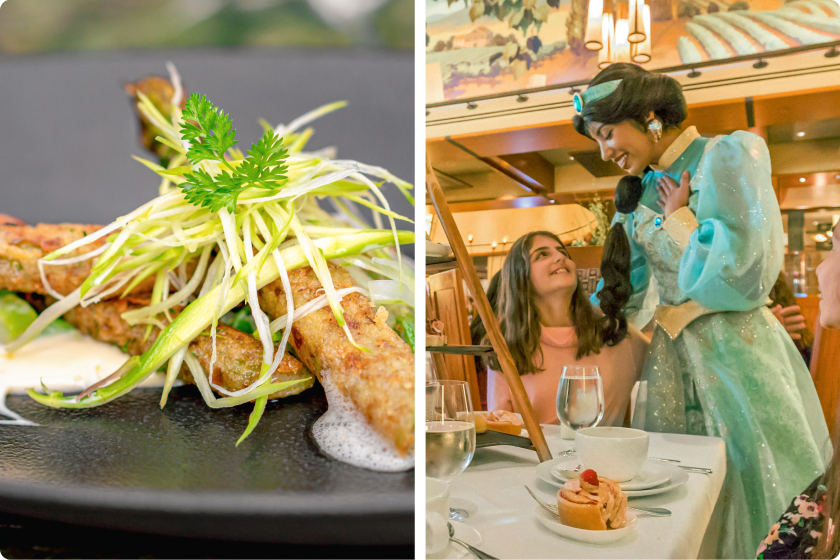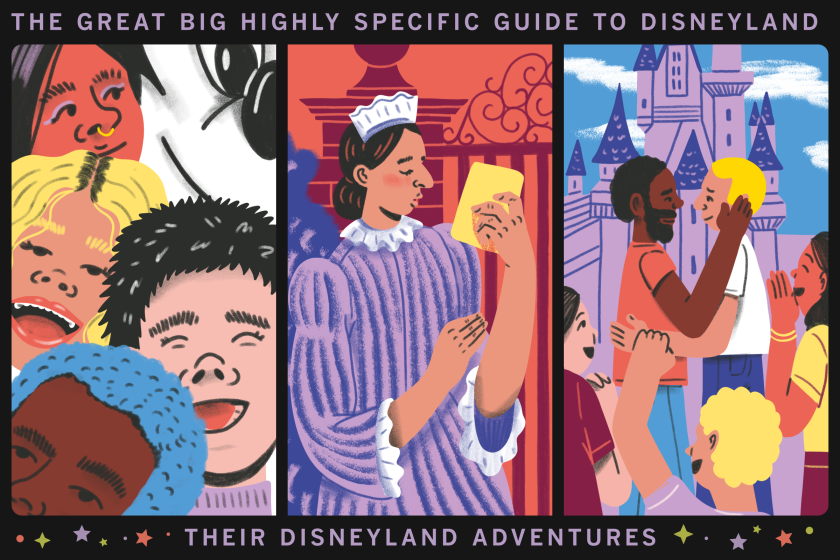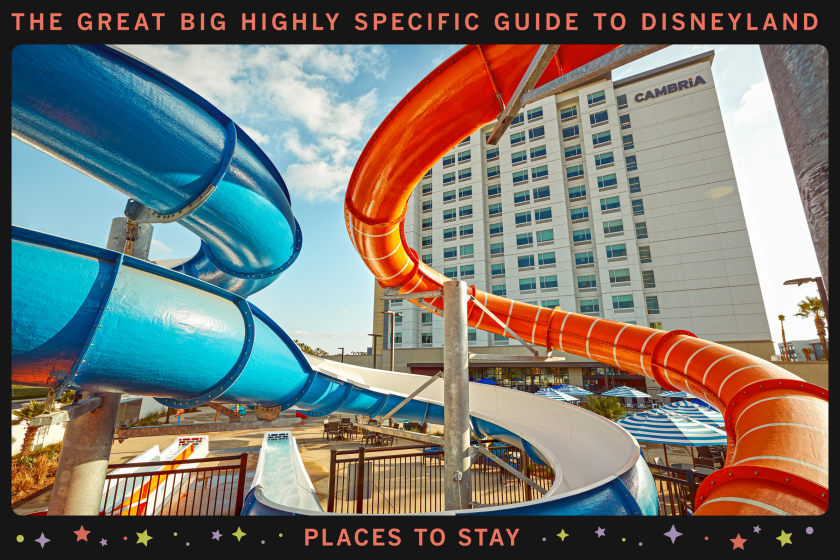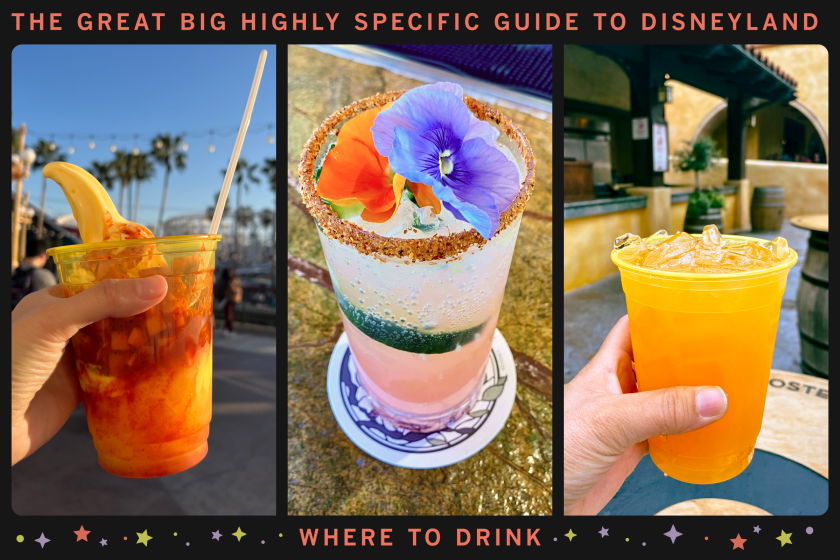“Disneyland is your land.”
Those were Walt Disney’s words to the crowd in his speech on the park’s opening day in 1955. But that didn’t mean he was giving it away — only that the park’s patriarch had ideals for what Disneyland could be. Those ideals have long clashed with Disneyland’s interests as a business enterprise.
Disneyland is a place I visit regularly, typically at least twice per month. Normally it’s a reset, where I return after a particularly stressful day or week. But there have been times on recent trips where a new feeling has crept into my Disneyland experience — the unsettling sense that I could be having more fun if I spent more money.
Prior to Disneyland’s extended, pandemic-forced closure, once you passed the gates, everyone had the opportunity to have more or less the same magical day in Disneyland. But today, that admission fee comes with an asterisk: Arguably, to enjoy your day at the Disneyland Resort you will need to purchase a host of add-ons.
Craft an epic visit to Disneyland and California Adventure with our comprehensive guide.
It’s full of expert tips and fresh perspectives.
This can get confusing. Tucked in the Disneyland app is the line-skipping feature Genie+, which typically starts at $25 but on crowded days will hit $30. Genie+ provides access to Lightning Lanes — what was called FastPass and was free in the pre-pandemic days — but some Lightning Lanes now charge an extra fee in addition. At Star Wars: Rise of the Resistance, bypassing the standby line will cost you an extra $20 on most days. To pay an added $50 to get on the rides you want after paying as much as $244 just to walk through the turnstile is exhausting.
Disneyland has never been without special privileges for those who can afford them, such as high-priced VIP tours or the fine-dining 21 Royal experience, where up to 12 guests can split a bill of around $15,000. And then there is the private restaurant and lounge that is Club 33, which costs tens of thousands to join and is tucked in a corner of New Orleans Square. But those have mostly been out-of-the-way accoutrements for the in-the-know, whereas the new microtransactions make a divide part of the everyday Disneyland experience.
Today, this sense of haves versus have-nots is starting to create a caste system that can make everyone feel bad. One doesn’t feel so special when standing still in line just to watch those who shelled out more cash stroll by. And those who do spring for Genie+ can feel an unwelcome sense of privilege — and perhaps get some annoyed stares — as they glide past the masses.
There are other headaches. If one wants some added convenience, as well as the ability to play a scavenger-hunt-like game in Star Wars: Galaxy’s Edge, there’s Magic Band+ to consider, which, while far from a required add-on, can cost around another $35 to $65 per person. And this is all after paying for parking, which is another $30 — or $50 if you opt for “preferred parking” (tip: Don’t, as it provides little benefit).
Entering Disneyland has become akin to booting up a free-to-play mobile game — you can only get by playing for so long before being reminded that you’re all out of coins. And all those microtransactions can kill the magic. The new system views Disneyland not as a cultural institution but as an extension of, say, Disney+, the streaming service with its own tiers (ads or no ads) that create different levels of access. But what works on our television sets doesn’t translate so well to a physical space.
